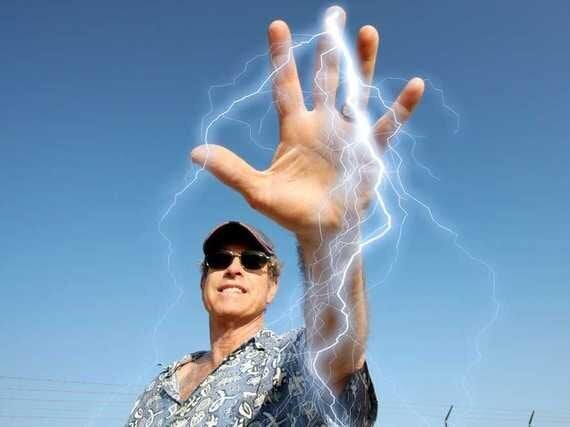We've been getting excited at the How it Works office recently about the incredible discovery that has been made by researchers at the UC Davis Institute for Regenerative Cures. They have found the first actual "sensor mechanism" that enables a living cell to detect an electrical field.
This discovery came as a huge surprise, as it hadn't even been hypothesised before its discovery during an experiment. They found a two molecule "sensing" mechanism, which they believe to be one of many mechanisms at work that are yet to be uncovered.
Min Zhao and his colleagues made the discovery while studying both the cells of large animals (such as humans and fish) and also the cells of soil dwelling amoeba. They found that two elements within human cells, a protein and molecules within the cell called polyamines, were needed for these unusual signals to occur. The protein is known as Kir4.2, and is a potassium channel to allow potassium to enter the cell.

All image rights owned by author.
The scientists found that when the cells were exposed to an electric field, the positive polyamines tend to accumulate at the side near the negative electrode. The polyamines then bind to the Kir4.2 channel, and regulate its activity. The researchers are still not sure how the switching of the potassium channels results in directional movement by the cell, and will be continuing their investigation to try and figure this out.
How our bodies generate electricity
Although we can't generate force lightning like the famous Sith Lords of Star Wars or vaporise our enemies like Electro, our body is able to generate electricity.The source creating this electricity is chemical, and is related to the composition of the atoms and molecules present in our bodies. Everything we take in has some form of electrical charge; how they react with the chemicals around them is the key to generating a charge within us.
When we take in food, long, complex molecules are broken down into small chains by digestion. When they are then used by our body in cellular respiration, they have the ability to create electrical impulses. This depends on the specific situations within the body at the time.
This post was first in from How it Works magazine. You can subscribe to How It Works and get each issue delivered direct to your door.

All image rights held by the author.
How It Works magazine aims to educate and enlighten the knowledge-hungry. A bible of science, technology, transport, space and history, created by science and technology experts, How It Works will transform your brain in minutes with heaps of weird and wonderful facts and stats.